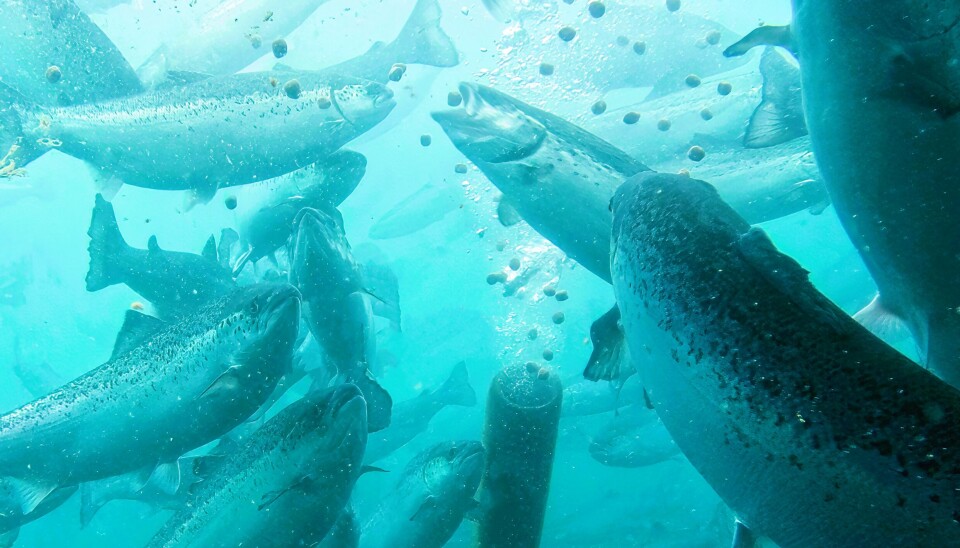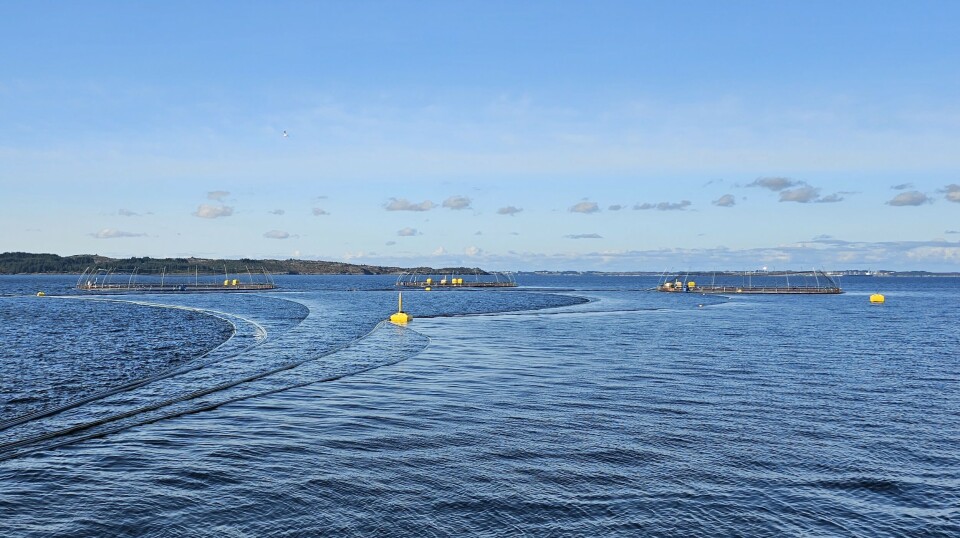
Lingalaks chooses waterborne feeder for new barge
Norwegian salmon farmer Lingalaks is the latest company to try waterborne feeding after agreeing a deal with supplier Smir for a feeding system for its Toska South farm, in Hordaland.
The Smirfeeder system will be able to supply feed for up to 14 pens and will be delivered turnkey ready on a new feed barge this summer.
Smir said dialogue between the two companies have been ongoing over a long period, and Lingalaks has gone through a thorough selection process to land on the right solution.
“We have been very thorough in our assessment regarding the selection of a feeding system to our new barge, where Smir has been exceptional throughout the process and answered all our questions related to system, operation and service,” said Lingalaks project manager Georg Andrè Melcher.
“We are therefore confident that we have found a solution that meets our needs, and that we have chosen an innovative and good technical solution that will ensure sustainable and stable production going forward.”

Lingalaks produces around 11,000 tonnes of salmon annually, and its Toska South farm operates under a display licence, which gives the public controlled access to get a closer look at how salmon are farmed.
Smir sales manager Frode Rygh said Lingalaks was a very innovative and future-oriented salmon farming company that is not afraid to adapt new solutions to ensure sustainable production of salmon.
“We see the fact that they choose Smirfeeder for one of their exhibition fish farming sites as a great vote of confidence, and we look forward to the collaboration,” said Rygh.
























































